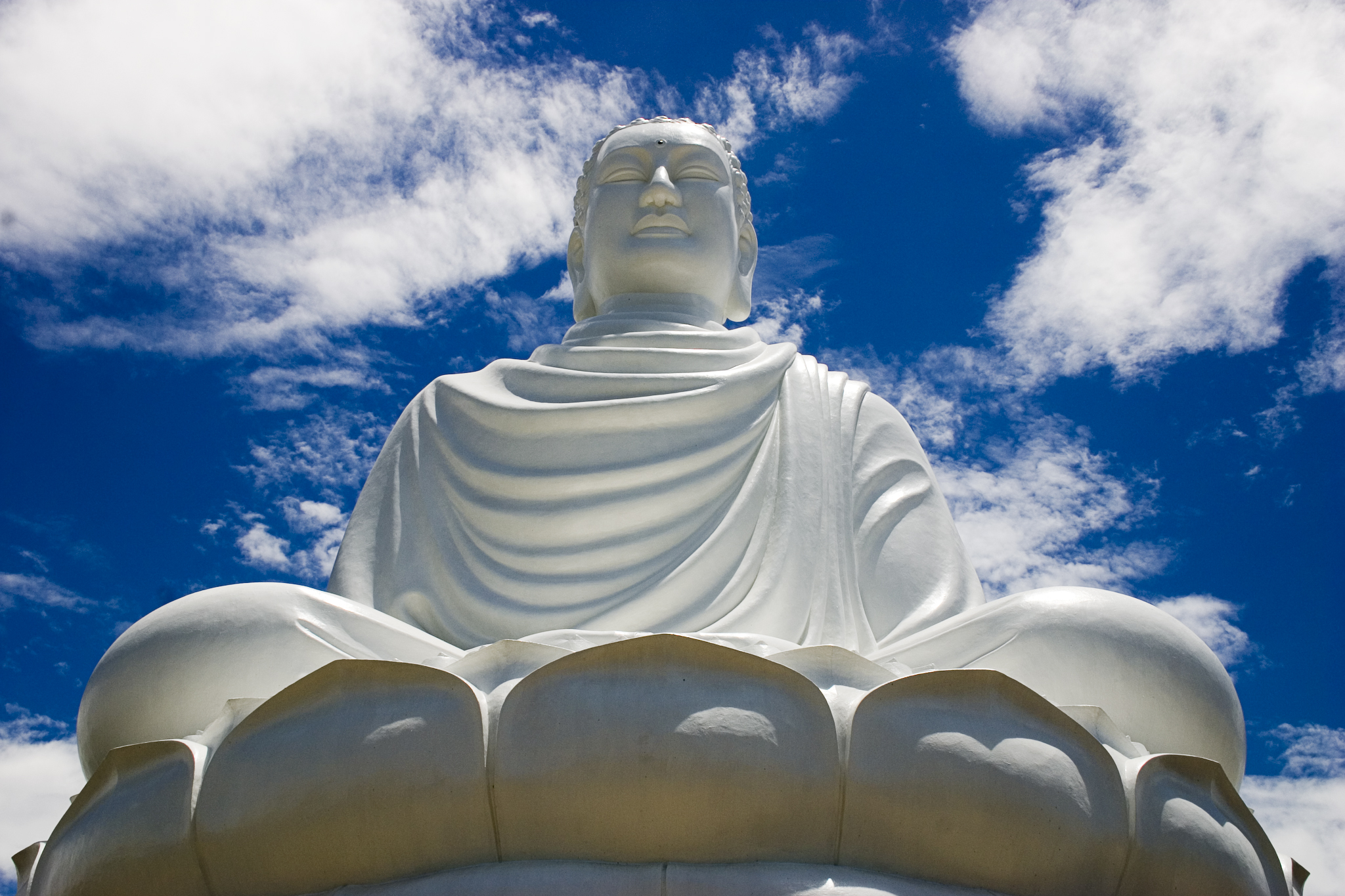Top Religious Site Alternatives in Ho Chi Minh City

The Biggest Religious Site in Vietnam
Ho Chi Minh City, also known as Saigon, is not only a bustling metropolis but also a city rich in religious sites. Here are three of the top religious site alternatives in Ho Chi Minh City:
-
Jade Emperor Pagoda: One of the most famous and iconic religious sites in Ho Chi Minh City, the Jade Emperor Pagoda is a Taoist temple located in District 1. Built in 1909, it is dedicated to the Jade Emperor, the supreme deity in Taoism. The pagoda is known for its intricate architecture, beautiful statues, and vibrant atmosphere. Visitors can explore the various halls, admire the detailed wood carvings, and light incense to pay their respects. The Jade Emperor Pagoda offers a unique glimpse into Taoist beliefs and practices in Vietnam.
-
Notre-Dame Cathedral Basilica of Saigon: A stunning example of French colonial architecture, the Notre-Dame Cathedral Basilica of Saigon is a prominent Catholic cathedral in Ho Chi Minh City. Built in the late 19th century, the cathedral features a red brick facade, twin bell towers, and beautiful stained glass windows. The interior is equally impressive, with high arched ceilings and intricate decorations. Masses are held daily, and it is a popular site for both religious and non-religious visitors alike. The cathedral is a symbol of the city’s rich history and the Catholic community in Vietnam.
-
Thien Hau Temple: Located in Ho Chi Minh City’s Chinatown area, Thien Hau Temple is a Chinese-style temple dedicated to Mazu, the goddess of the sea and protector of sailors. Built in the early 19th century, the temple is known for its ornate architecture, delicate artwork, and intricate porcelain dioramas. Visitors can explore the temple’s courtyard, light incense sticks, and make offerings to Mazu. Thien Hau Temple is not only a religious site but also a cultural landmark, reflecting the influence of the Chinese community in Ho Chi Minh City.
These three religious site alternatives in Ho Chi Minh City offer a fascinating glimpse into different religious traditions and cultural influences in the city. Whether you’re interested in Taoism, Catholicism, or Chinese beliefs, these sites provide a unique and enriching experience for visitors.
Thank you for taking the time to read our article. For more in-depth reviews and comprehensive ratings on the Religious Site spots, please explore the recommended articles listed below.
- The 7 Biggest Water Park in Da Nang
B.D✭✭✭ 9 months ago We took a ticket lunch-buffet and l can says it was a wonderful day. I had..
- Discover the Biggest Water Park in Ho Chi Minh City
Công viên nước Đại Thế Giới Address: 1106 Đ. Võ Văn Kiệt, Phường 6, Quận 5, Thành phố Hồ Chí..
- Discover the Biggest Water Park in Hanoi
Aeon Mall Long Bien Hanoi Water Park offers a unique experience combining shopping and entertainment. Visitors can enjoy a range..
- Discover the Biggest Phone Store in Da Nang
Top Phone Store Alternatives in Da Nang The Biggest Phone Store in Vietnam In Da Nang, apart from Phone Store,..

